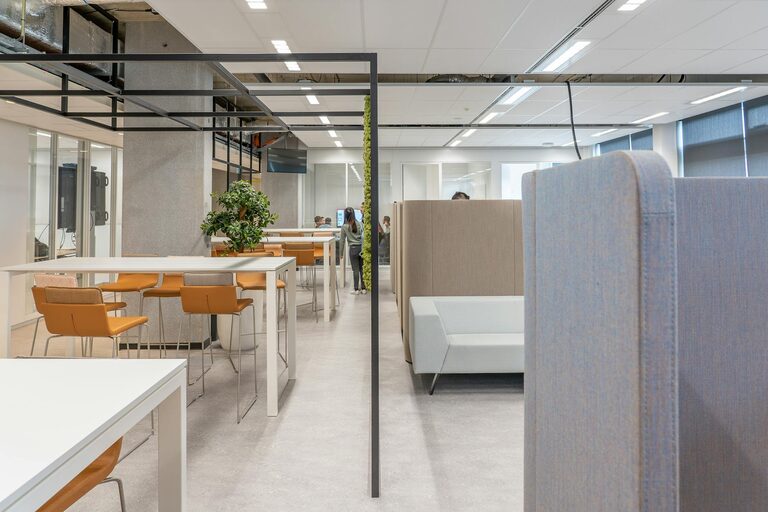
Creating a comfortable and productive workspace starts with the right equipment—and the desk chair is at the heart of it. Whether you work from home or spend long hours at an office, choosing a comfortable desk chair can improve your posture, reduce fatigue, and even enhance focus. With so many options available, it can be overwhelming to decide which chair best suits your needs. This guide offers practical tips to help you select a desk chair that balances comfort, support, and style.
Why Comfort Matters in a Desk Chair
Sitting for extended periods puts pressure on your back, hips, and neck. A well-designed desk chair promotes healthy posture by supporting your spine’s natural curves, which can prevent aches and long-term issues like back pain. Comfort isn’t just about softness—it’s about how well the chair supports your body in a neutral position, allowing your muscles to relax rather than strain. Investing time and thought into choosing the right chair pays off through improved comfort and productivity.
Key Features to Look for in a Desk Chair
Before making a purchase, consider these important features that directly impact comfort and ergonomics.
1. Adjustable Seat Height
Your feet should rest flat on the floor with knees at about a 90-degree angle. An adjustable seat height allows you to find this ideal position, reducing pressure on your thighs and improving circulation.
2. Lumbar Support
The curve of your lower back needs support to maintain its natural arch. A chair with built-in lumbar support or an adjustable backrest can help prevent slouching and lower back pain.
3. Seat Depth and Width
Choose a seat that’s wide and deep enough to support you comfortably without being too large. Ideally, there should be about 2-4 inches between the back of your knees and the chair’s seat edge.
4. Adjustable Backrest
A backrest that tilts or reclines lets you shift your posture throughout the day, reducing stiffness. For added benefits, look for chairs where the backrest height can be adjusted to support different parts of your back.
5. Armrests
Armrests reduce strain on your shoulders and neck by supporting your arms while typing or using a mouse. Adjustable armrests are best, as they allow you to set a comfortable height and width.
6. Swivel and Mobility
A chair that swivels and moves easily on casters helps avoid twisting and reaching awkwardly, which can cause discomfort over time.
Additional Factors to Consider
Material and Padding
The chair’s materials affect breathability and comfort. Mesh chairs are popular for airflow, while upholstered chairs often provide a softer feel. Look for sufficient padding that offers support without being too firm or too soft.
Weight Capacity and Size
Make sure the chair can safely support your weight and fits your body size. Many manufacturers provide specifications to help choose accordingly.
Style and Aesthetics
While comfort is the priority, you may also want a chair that complements your workspace design. There are options ranging from sleek modern to classic executive styles.
Tips for Testing a Desk Chair
If possible, try the chair in person before buying. Spend at least 10-15 minutes sitting in it and adjust all the features to see how it feels. Check for any pressure points, how easy it is to adjust, and whether it encourages good posture.
If buying online, read customer reviews carefully focusing on comfort and durability. Verify the return policy in case the chair doesn’t meet your expectations.
Maintaining Comfort Over Time
Once you have your ideal chair, remember that no chair can replace regular movement. Take breaks every hour to stand, stretch, or walk around. Adjust your chair settings occasionally to avoid staying in one fixed position.
Regularly clean and check the chair’s components to keep it in good working condition. Loose screws or worn-out cushions can reduce comfort and support.
Conclusion
Choosing a comfortable desk chair is an investment in your health and productivity. By considering features like adjustability, lumbar support, and material quality, you can find a chair that makes your workspace more enjoyable and reduces physical strain. Take your time to try different options and pay attention to your body’s signals. The right chair will help you stay comfortable and focused throughout the workday.
